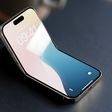Apple was the fastest growing premium smartphone brand in India last year with 41 percent annual growth, according to new data gathered by Counterpoint Research.
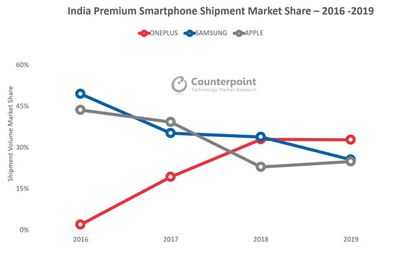
Premium smartphone shipments in the country reached a record high in 2019, increasing by 29 percent year over year. The growth is said to have been driven by affordable premium smartphones, aggressive offers like significant price cuts, and user upgrades.
In Apple's case, growth in the fourth quarter was driven by multiple price cuts on iPhone XR throughout the year. The iPhone XR was the number one ultra-premium smartphone model in India followed by Samsung's Galaxy S10 Plus and China's OnePlus 7 Pro, according to the report.
Apple also oversaw the fastest rollout of its flagship devices in India, with the iPhone 11 series introduced at a lower price point than the previous year's iPhone XR launch. This reportedly helped to gain share during the festive season and in its launch quarter in India.
"We expect the strongest 2020 for Apple in India as it has expanded its production capacity in India and is now manufacturing iPhones on a Completely Knocked Down (CKD) basis. These activities will help the brand to offer competitive pricing in a price-sensitive market like India," Counterpoint said.
OnePlus remained the number one premium brand for the full calendar year, with shipments growing 28 percent year over year and the brand capturing one third of India's premium mobile market. The Chinese brand also became the first ever premium smartphone brand to cross two million shipments in a year in 2019.
Meanwhile, Samsung dropped to second position and declined 2 percentage points year over year in the premium segment. The Galaxy S10 Plus was the top-selling flagship for Samsung in 2019. As a result, Samsung's ultra-premium segment shipments grew by 24 percent year over year.
After a strong year in India, Apple is now pursuing its aim of opening an online Apple Store in the country to start official online sales of iPhones, iPads, Macs, and more starting in the third quarter of 2020.
In August 2019, India eased the rules that had kept Apple from offering its products in first-party stores and an online Apple Store. Apple is now said to be working on opening up retail locations in India, with a store in Mumbai in the works.


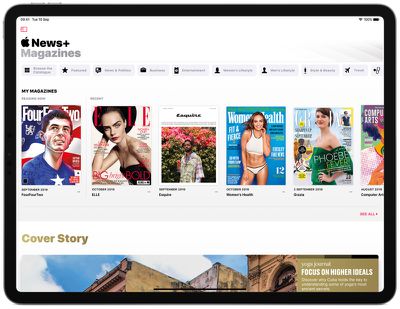
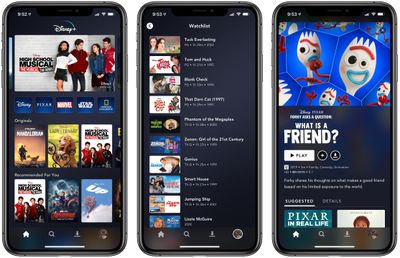
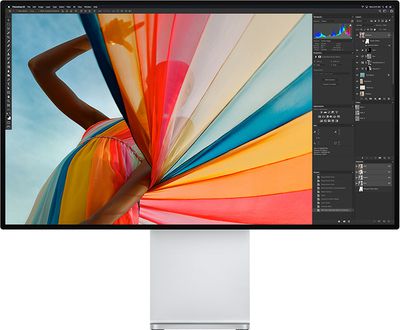

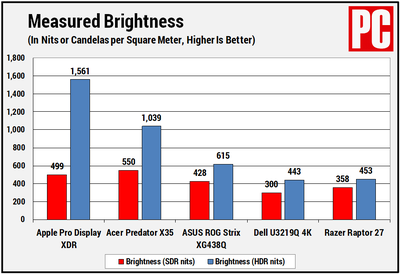
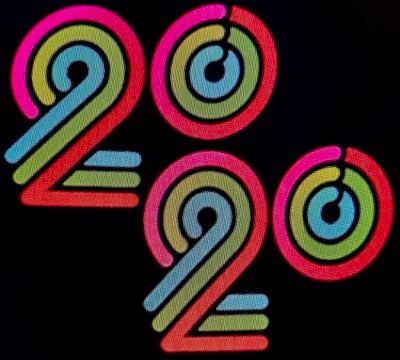
 The United States Department of Justice is continuing with its antitrust investigation into Apple and has recently reached out to developers who create apps for Apple's iOS devices, reports
The United States Department of Justice is continuing with its antitrust investigation into Apple and has recently reached out to developers who create apps for Apple's iOS devices, reports 
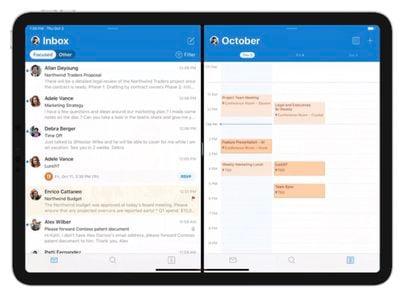


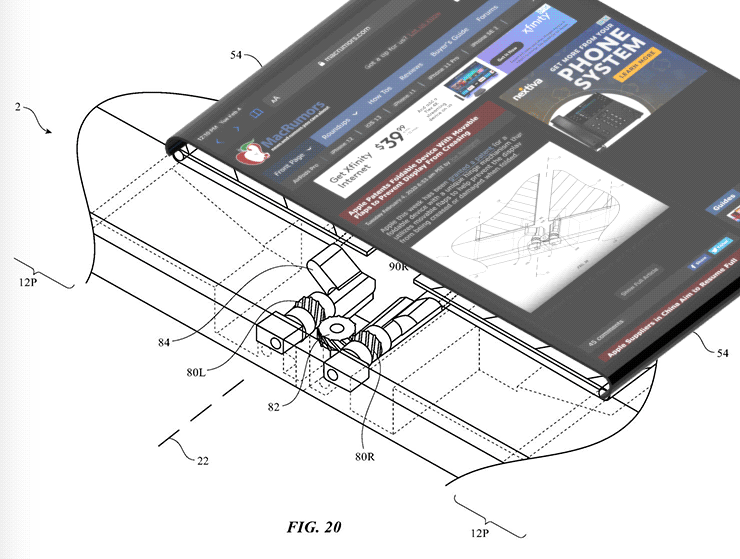
 Note: MacRumors is an affiliate partner with these vendors. When you click a link and make a purchase, we may receive a small payment, which helps us keep the site running.
Note: MacRumors is an affiliate partner with these vendors. When you click a link and make a purchase, we may receive a small payment, which helps us keep the site running.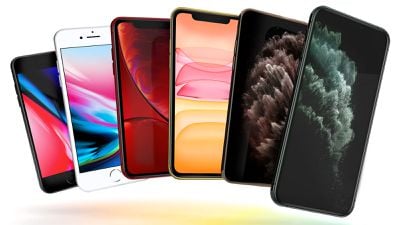
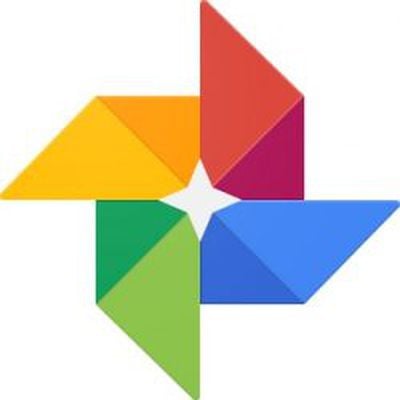 Google has emailed some users of Google
Google has emailed some users of Google 
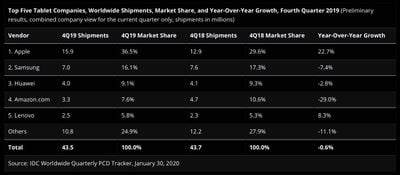

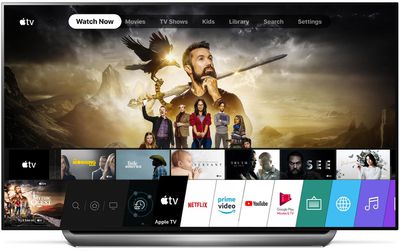
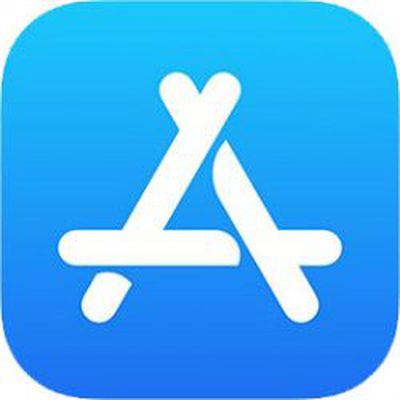 Apple offers free Developer Program memberships to nonprofit organizations, accredited educational institutions, and government entities that distribute free apps on the
Apple offers free Developer Program memberships to nonprofit organizations, accredited educational institutions, and government entities that distribute free apps on the 







